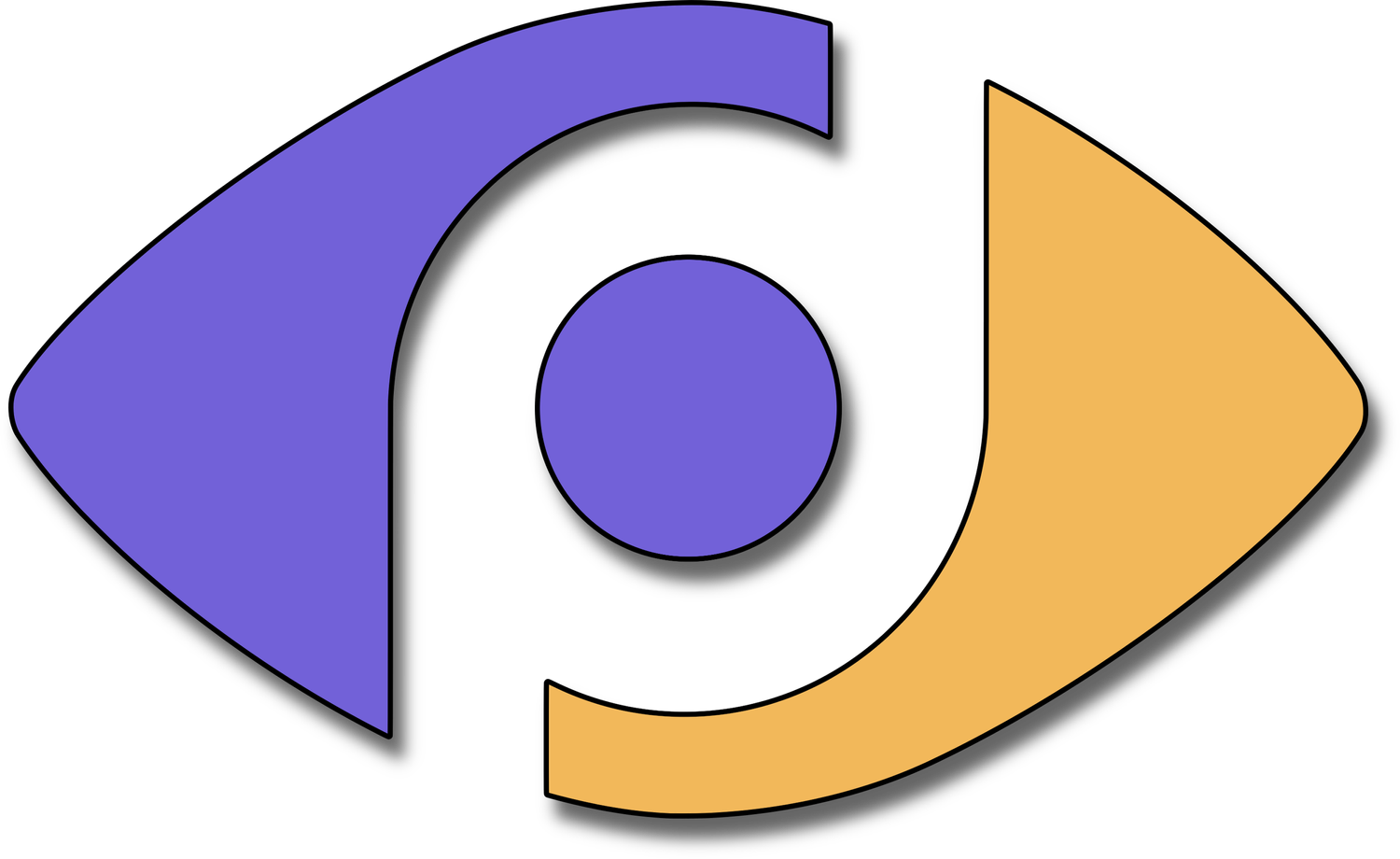Harmonizing Tradition with Innovation
Music education has remained somewhat unchanged for hundreds of years, built on a system of private one-on-one lessons grounded in methodologies and practices that date back centuries. These methods have produced much of the music we know and love, from Beethoven to Lady Gaga, and have stood the test of time.
However, our world is changing more rapidly than ever before. With the emergence of online technologies in the last decade or two, we have an opportunity to take these time-tested skills and merge them with the most modern and advanced technology.
Often, technology is seen as a disruptor, but as we will explore, technology can enhance what already works so well. It can provide new opportunities that were previously unknown or inaccessible to us.
At the core of traditional classical music training is a personalized, one-on-one approach, emphasizing the meticulous development of technique and repertoire. Typically conducted in face-to-face settings, this method facilitates immediate feedback and fosters close mentorship. The relationship between student and teacher in this context is unique and profound. This dynamic extends beyond merely teaching musical skills; it involves instilling discipline, nurturing artistic sensibility, and cultivating a deep appreciation for music and art. Such training often significantly influences the artistic development and personal growth of students. However, there is widespread skepticism about whether this intimate connection can be effectively replicated in an online or virtual environment.
In today's digital era, innovative technologies like Muzie.live are harmonizing with traditional music education methods. These platforms offer tools that both complement and enhance teaching practices, striking a careful balance between preserving the essence of traditional teaching and introducing modern innovations.
With tools that enhance our existing practices, technology can allow educators to focus more on the connection and education of their students, rather than on the mundane, repetitive tasks required to execute a high-quality lesson.
Take AI, for example. AI-driven tools in platforms like Muzie.live can transform how lessons are conducted. In every traditional lesson I have experienced, the teacher has spent time writing lesson notes or assignments while I, the student, was repeating an exercise or practicing a section. With advancements in AI, teachers can now focus exclusively on the student for the entire lesson. Technology handles tasks such as lesson notes and assignment creation, often resulting in more detailed and comprehensive documentation than we traditionally had time for.
This fusion of traditional methods and cutting-edge technology is revolutionizing music education, allowing educators to provide undivided attention to their students and fostering an even deeper connection than ever before.
The true artistry in modern music education lies in the seamless integration of traditional and digital realms. Virtual lessons, for example, extend the mentorship model beyond physical boundaries, transcending geographical limitations. Many resources traditionally used in music lessons have now been digitized. Sheet music, once confined to print, is readily available on numerous websites, either for free or at a minimal cost. Tools like metronomes, tuners, and practice logs are easily accessible online. There is an abundance of resources for recording and writing music, offering instant feedback and enhancing the learning experience.
Even the instruments themselves have entered the digital age, with MIDI pianos and guitars becoming increasingly accessible. These digital instruments not only transmit the actions of their physical counterparts but also provide alternative practice methods for those without access to actual instruments.
However, this integration is not without its challenges. Preserving the quality and depth of classical music education in a digital format, ensuring equitable access to technological resources, and maintaining the personal touch in a virtual environment are concerns that educators and institutions must address. Strategies to overcome these hurdles involve thoughtful implementation, continuous adaptation, and an emphasis on digital literacy alongside musical proficiency. As educators it is our job to never stop learning!
The combination of traditional methods and modern technology in music education brings a multitude of opportunities. These two aspects, rather than conflicting, can unite to form a more vibrant, thorough, and enhanced learning experience. Looking ahead, it is crucial for educators, students, and institutions to adopt this blend, venturing into new avenues for learning and creative expression in the timeless art of music education.
